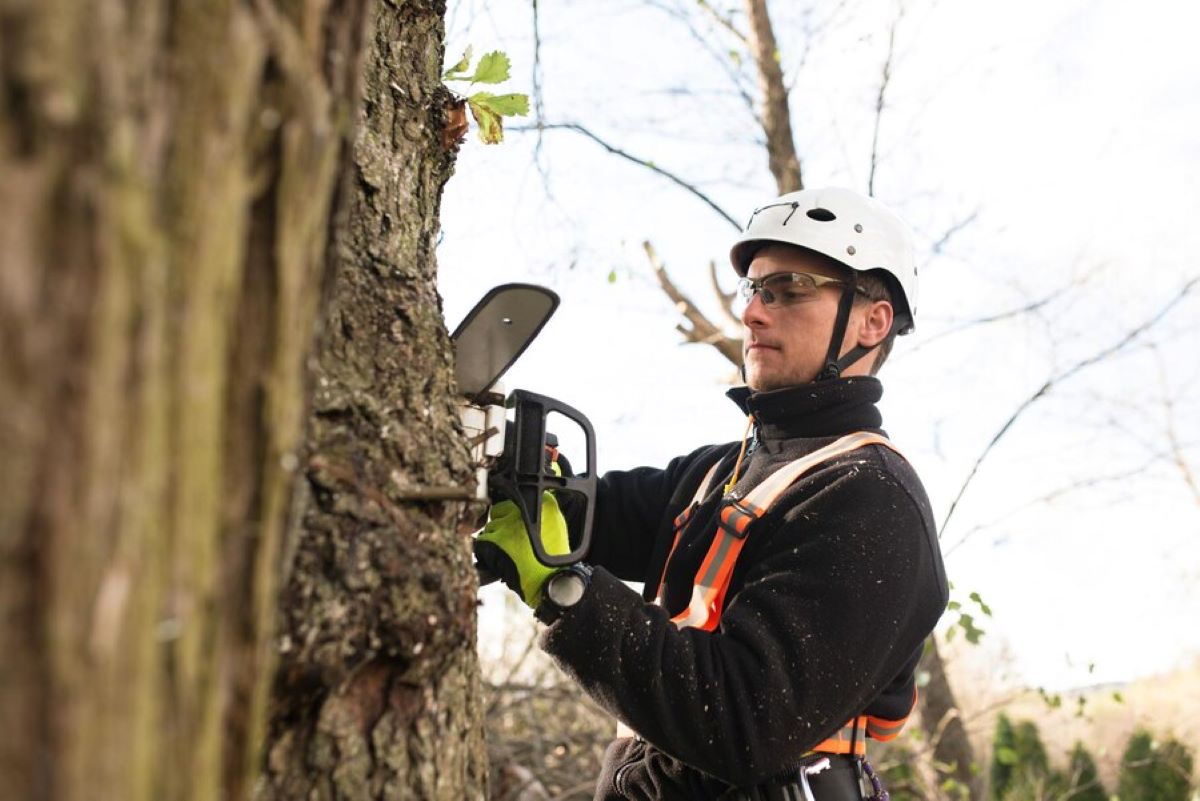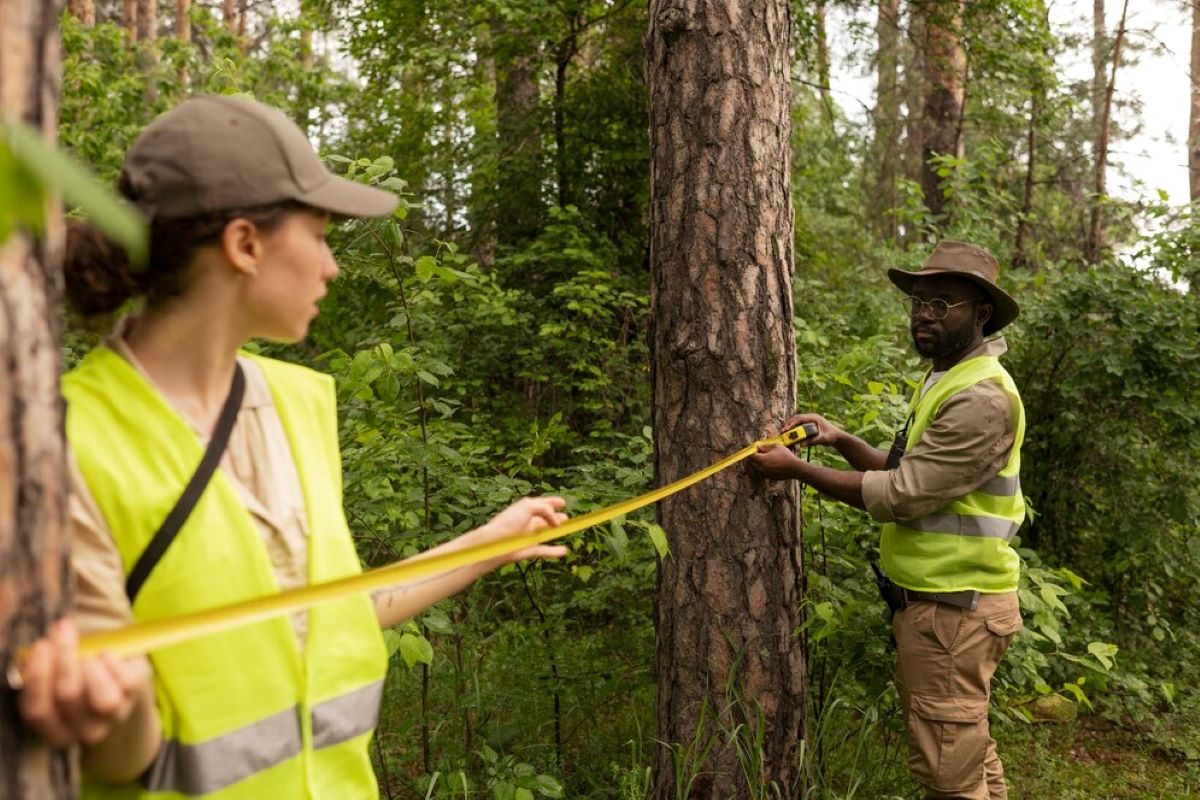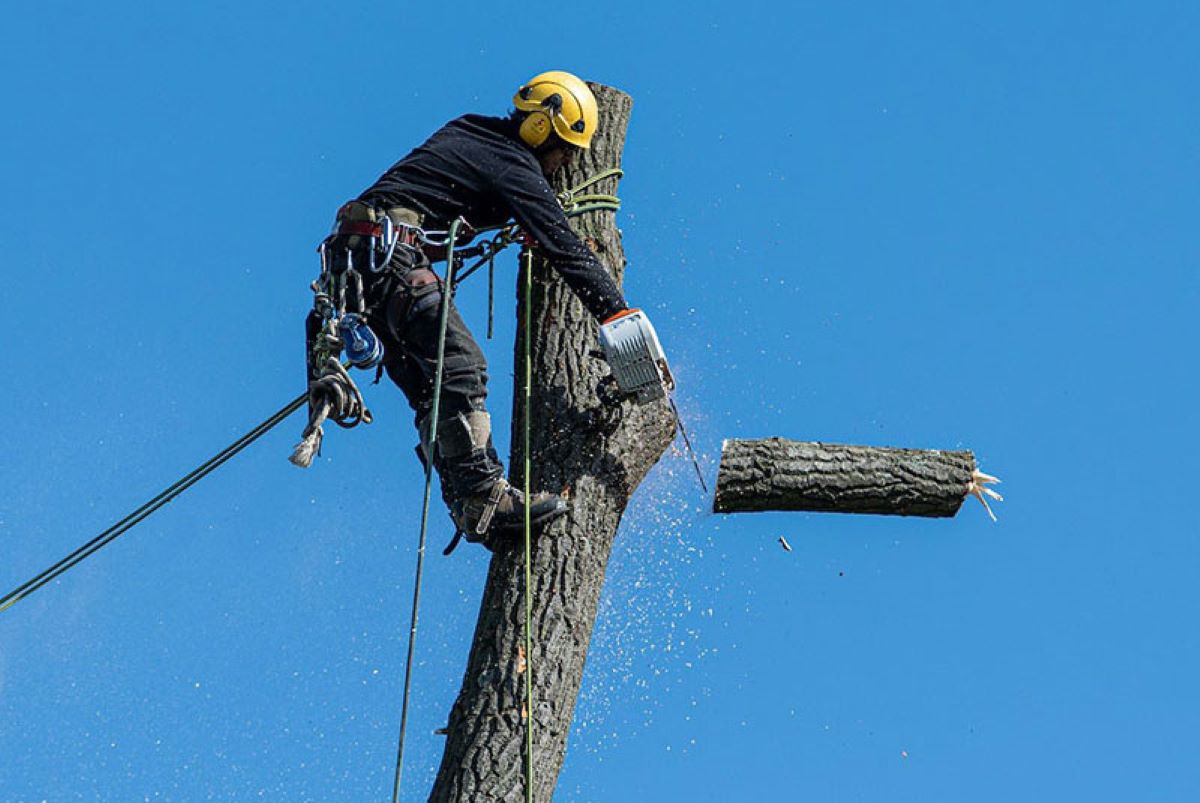Arborist reports are essential documents for property owners throughout Sydney. They provide detailed assessments of tree health, safety, and maintenance requirements. These professional evaluations offer critical insights into the condition of trees on both residential and commercial properties.
A comprehensive arborist report includes:
- Detailed assessments of tree health
- Evaluations of risk and safety considerations
- Compliance requirements with local council regulations
- Specific recommendations for maintenance
- Documentation for legal and insurance purposes
Professional Arborist Reports Sydney play a vital role in protecting both property assets and the urban forest. These expert assessments guide property owners through complex decisions about tree preservation, removal, or maintenance work.
The knowledge contained within these reports empowers property owners to:
- Make informed decisions about tree management
- Ensure compliance with local regulations
- Protect property values
- Maintain tree health and safety
- Plan for future landscaping projects
Understanding these reports becomes particularly crucial when dealing with heritage trees, development applications, or addressing potential hazards on the property.
Understanding Arborist Reports
An arborist report provides a comprehensive assessment of trees on a property through detailed scientific analysis and professional evaluation. These reports contain specific components that paint a complete picture of tree health and structural conditions.
Tree Health Assessment
The tree health assessment includes the following:
- Visual examination of foliage colour and density
- Analysis of growth patterns and vigour
- Identification of dead or dying branches
- Assessment of bark condition and trunk health
- Evaluation of root system stability
- Detection of fungal growth or decay
Structural Integrity Evaluation
The structural integrity evaluation involves the following:
- Measurement of trunk diameter and tree height
- Analysis of branch attachment points
- Assessment of tree lean and stability
- Identification of structural defects
- Evaluation of root plate condition
- Documentation of previous damage or repairs
The report identifies critical issues affecting tree health and safety:
Defects: Cracks, splits, cavities, or weak branch unions that could compromise tree stability Damage: Storm damage, mechanical injury, or construction impacts Diseases: Bacterial, fungal, or viral infections affecting tree health Pests: Presence of borers, termites, or other harmful insects
Each identified issue receives a detailed analysis:
- Current severity level
- Potential impact on tree health
- Risk assessment for property and safety
- Specific recommendations for treatment
- Timeline for required interventions
The report includes photographic evidence and detailed measurements to support findings. Professional arborists use specialised tools and techniques to assess internal decay, root health, and structural stability. This scientific approach ensures accurate diagnosis of tree conditions and appropriate management recommendations.
A thorough arborist report serves as a vital tool for property owners and managers to implement effective tree care strategies. The documented findings guide decisions about preservation, maintenance, or removal based on objective data and expert analysis.
Purpose and Importance of Arborist Reports
Arborist reports are important documents for property owners in Sydney who need to understand and follow the city’s complex rules about managing trees. These professional evaluations are required by local councils to make sure that tree preservation orders and environmental protection policies are being followed. The reports contain detailed information about the condition of trees, any potential risks they may pose, and recommended actions that comply with local regulations.
Legal Requirements and Documentation
Arborist reports are necessary for various legal purposes, including:
- Mandatory submission for tree removal applications
- Essential for development applications involving trees
- Required documentation for heritage-listed properties
- Compliance verification with local environmental plans
These reports carry significant legal weight and can be used as evidence in property disputes and insurance claims. Courts rely on the expert assessments documented in arborist reports to make informed decisions regarding:
- Boundary disputes involving trees
- Property damage claims
- Neighbour conflicts
- Insurance settlements
- Council regulation compliance
Tree Protection During Construction
Arborist reports are crucial in protecting trees during construction and renovation projects. They achieve this by:
- Establishing Tree Protection Zones (TPZ)
- Identifying critical root zones
- Specifying protective measures
- Assessing construction impact
- Recommending tree preservation methods
The reports outline specific actions that should be taken to prevent common types of damage caused by construction activities:
- Soil compaction prevention
- Root system protection
- Trunk and branch safeguarding
- Underground service installation guidance
- Site access management
Professional arborist reports create a documented trail of tree assessment and management decisions. This documentation proves invaluable for property owners, developers, and contractors seeking to demonstrate due diligence in tree preservation efforts. The reports establish clear guidelines for tree protection, ensuring compliance with local regulations while maintaining the health and safety of valuable tree assets.
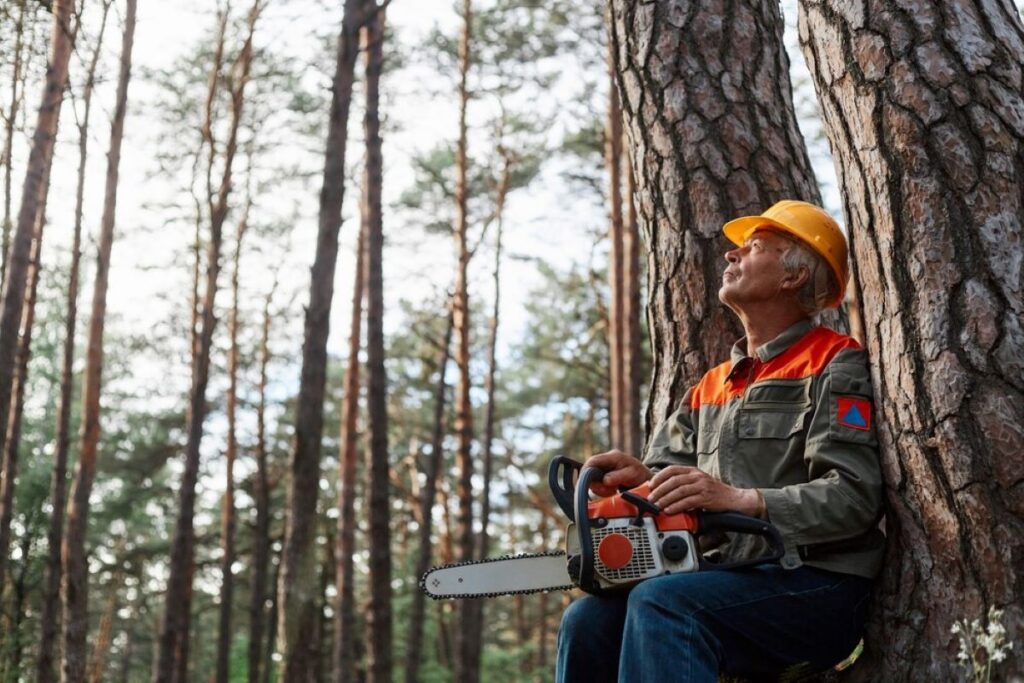
Arborist Inspections and Recommendations
Professional arborist inspections serve as comprehensive evaluations of trees’ structural integrity, health status, and potential risks. These detailed assessments involve:
- Visual examination of tree crown, trunk, and root systems
- Analysis of branch attachment and stability
- Identification of decay, cavities, or structural weaknesses
- Assessment of soil conditions and root health
- Detection of pest infestations or disease symptoms
Certified arborists employ specialised tools and techniques during inspections:
- Sonic tomography for internal decay detection
- Root collar excavation tools
- Resistograph testing for wood density measurement
- Digital imaging for detailed documentation
Based on thorough inspections, arborists develop tailored maintenance recommendations:
Tree Pruning Specifications
- Dead wood removal schedules
- Crown thinning requirements
- Branch reduction parameters
- Clearance specifications for buildings and utilities
Risk Mitigation Strategies
- Installation of support systems
- Root protection measures
- Lightning protection requirements
- Emergency removal procedures
Pest and Disease Management
- Targeted treatment protocols
- Biological control methods
- Cultural practice modifications
- Preventive care strategies
Level 5 certified arborists utilise their expertise to create specific action plans addressing identified issues. These plans include precise timing for interventions, detailed methodologies, and required safety measures during implementation.
The inspection process also considers environmental factors affecting tree health:
- Soil compaction levels
- Water availability
- Light exposure
- Urban stress factors
- Construction impact
Professional arborists document all findings through detailed photography and measurements, creating a baseline for future monitoring and assessment. This systematic approach ensures property owners receive actionable recommendations based on scientific evidence and industry best practices.
Benefits for Homeowners and Property Managers
Professional arborist reports serve as invaluable decision-making tools for property owners and managers. These comprehensive documents provide detailed insights into:
- Tree health status and potential risks
- Specific maintenance requirements
- Compliance with local regulations
- Property value implications
- Safety considerations
The data-driven recommendations in arborist reports enable property stakeholders to implement strategic tree management plans that balance aesthetic value with safety requirements. Property managers can develop accurate budgets and maintenance schedules based on professional assessments rather than guesswork.
A well-executed arborist report helps identify:
- Priority maintenance tasks
- Cost-effective treatment options
- Preventive measures for disease control
- Risk mitigation strategies
- Heritage tree preservation methods
Certified arborists bring extensive knowledge of local council regulations, such as those found in the Tree Preservation Study, and tree preservation orders. This expertise proves essential when navigating Sydney’s complex tree management policies, helping property owners avoid costly penalties and legal issues.
The implementation of report recommendations yields significant long-term benefits:
- Enhanced Property Safety
- Reduced risk of falling branches
- Minimised root damage to structures
- Protected power lines and utilities
- Improved Tree Health
- Early disease detection
- Proper pruning schedules
- Optimal growth conditions
- Cost Management
- Planned maintenance budgets
- Prevention of emergency repairs
- Protected property investments
Professional arborist reports also strengthen insurance claims and property valuations through documented tree assessments. Property managers can demonstrate due diligence in tree care, potentially reducing liability risks and insurance premiums.
The expertise of certified arborists extends beyond basic tree care to include specialised knowledge of:
- Indigenous species management
- Heritage tree preservation
- Environmental impact assessment, including aspects covered in the Forest Practices Habitat Conservation Plan
- Urban forest management
- Root system analysis
This comprehensive approach ensures property owners receive tailored solutions that address their specific tree management needs while maintaining compliance with local regulations. Check out more about Tree Removal North Sydney: Choosing the Right Company.
Timely Delivery and Project Alignment with Arborist Reports
Efficient project management demands precise timing of arborist reports, particularly for construction and development projects. A delayed report can disrupt project schedules, impact budgets, and create complications with local council approvals.
Critical Timeline Considerations:
- Pre-construction assessment reports
- Development application documentation
- Tree protection zone specifications
- Emergency hazard evaluations
The alignment between expert recommendations and local council regulations stands as a cornerstone of successful tree management. Sydney’s diverse Local Government Areas (LGAs) maintain specific requirements for tree preservation and management. Professional arborists must deliver reports that:
- Address council-specific guidelines
- Provide detailed preservation strategies
- Include accurate species identification
- Document tree health assessments
- Outline protection measures
Certified arborists at Arbor Pride deliver comprehensive reports within specified timeframes, ensuring seamless integration with project schedules. These reports incorporate current local council regulations while maintaining strict adherence to Australian Standards for tree assessment and management.
A well-timed arborist report enables property owners to:
- Submit development applications confidently
- Schedule tree work appropriately
- Implement protection measures effectively
- Coordinate with contractors efficiently
- Meet council compliance deadlines
Professional arborist reports serve as essential tools for project planning, combining expert recommendations with regulatory requirements to facilitate smooth project execution.
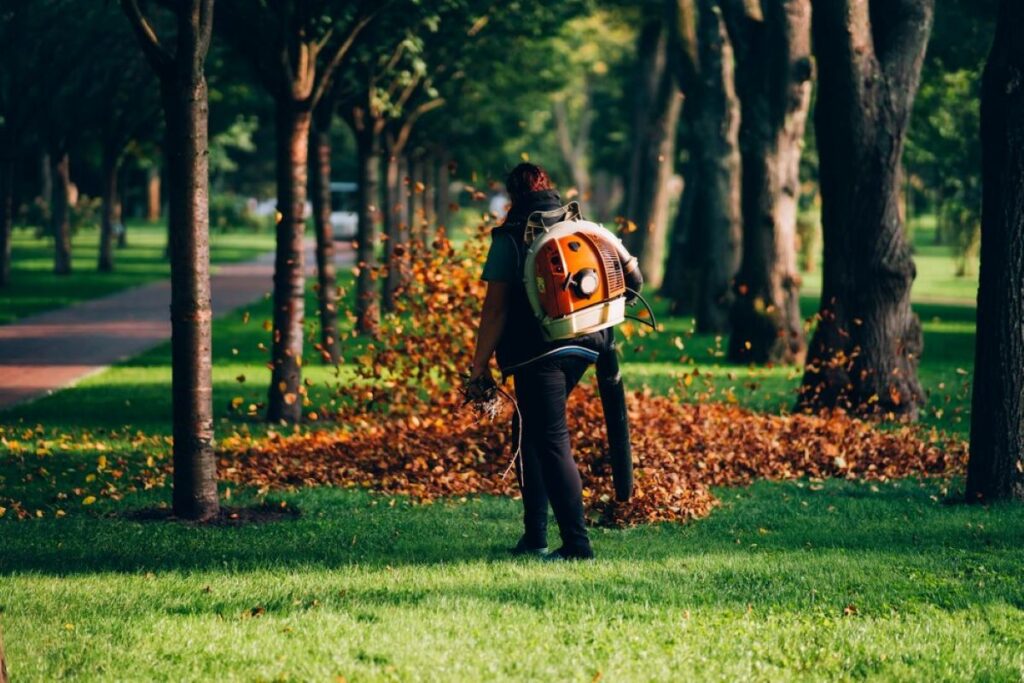
Conclusion
Professional arborist reports are essential tools for responsible property tree management in Sydney. These comprehensive assessments, prepared by certified experts like Arbor Pride’s Level 5 arborists, provide critical insights for maintaining healthy and safe trees.
Property owners benefit from:
- Expert Analysis: Detailed evaluations of tree health, structural integrity, and potential risks
- Compliance Guidance: Clear understanding of local council regulations and requirements
- Professional Recommendations: Tailored solutions for specific tree care needs
- Environmental Protection: Strategies to preserve and protect valuable tree assets
Making informed decisions about tree care requires a balance between property development needs and environmental stewardship. Certified arborist reports help achieve this balance by providing professional guidance backed by decades of experience and industry knowledge.
The investment in professional arborist reports demonstrates a commitment to responsible tree management, ensuring the preservation of Sydney’s urban forest for future generations.

